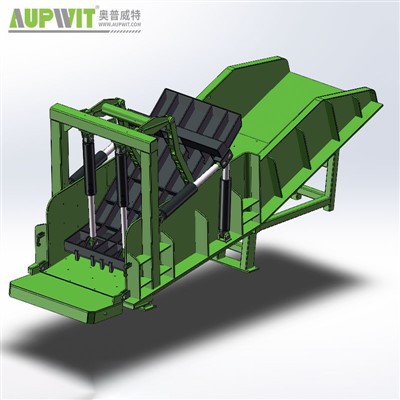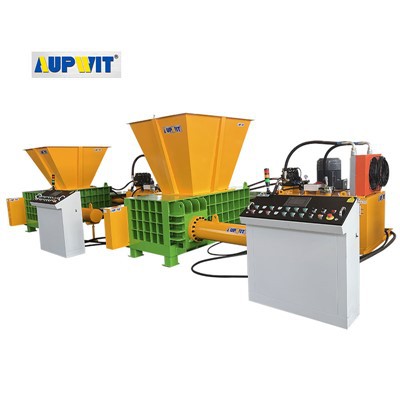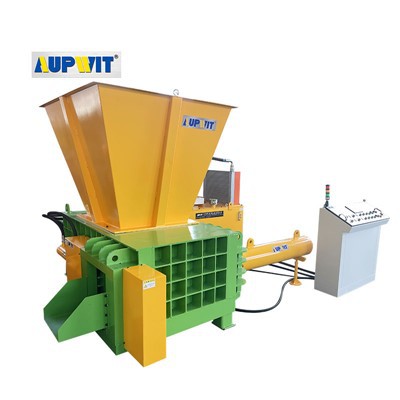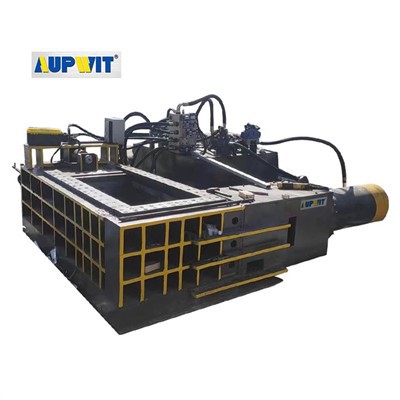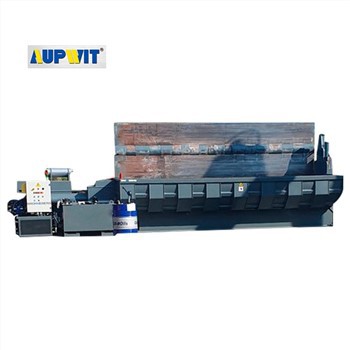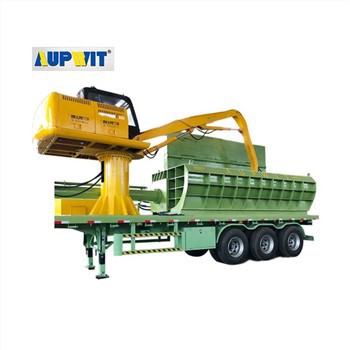Evaluating Baling Density of Vertical Truck Tires Baler
Evaluating the baling density of a vertical truck tires baler involves systematic measurement and analysis to determine how effectively the equipment compresses truck tires into compact bales. This assessment is critical for optimizing storage efficiency, transportation costs, and overall operational productivity in tire recycling or waste management processes.
Preparation Phase
- Prepare a representative sample of truck tires that reflects the typical size and condition of those processed by the vertical truck tires baler
- Ensure the baler is operating under standard conditions, with consistent compression settings and cycle times as recommended by the manufacturer
- Run a complete baling cycle to produce a finished bale, allowing the machine to fully compress and secure the tires with binding materials such as wire or strapping
Measurement Process
Volume Calculation
Once the bale is formed, measure its key dimensions to calculate volume. Use a tape measure to record the length, width, and height of the bale, taking multiple readings at different points to account for any irregularities. Calculate the volume by multiplying these three dimensions, ensuring units are consistent (e.g., cubic meters or cubic feet).
Weight Measurement
Determine the total weight of the bale using a calibrated scale capable of handling its size. For larger bales, use a platform scale or weighbridge, ensuring the entire bale is evenly supported to avoid inaccurate readings. Record the weight in kilograms or pounds, depending on the measurement system used.
Density Calculation
Calculate the baling density by dividing the total weight of the bale by its volume. This yields a density value in units such as kilograms per cubic meter or pounds per cubic foot. Repeat the process with multiple bales to account for variability.
Performance Evaluation
- Compare the results to the vertical truck tires baler's rated density specifications
- Evaluate whether the actual density meets or exceeds the expected performance
- Identify any gaps that may require adjustments to compression pressure, cycle duration, or feeding methods
- Assess how density correlates with bale integrity
This comprehensive evaluation ensures optimal performance of your tire baling operations while maintaining the quality and handling characteristics of the finished bales.


